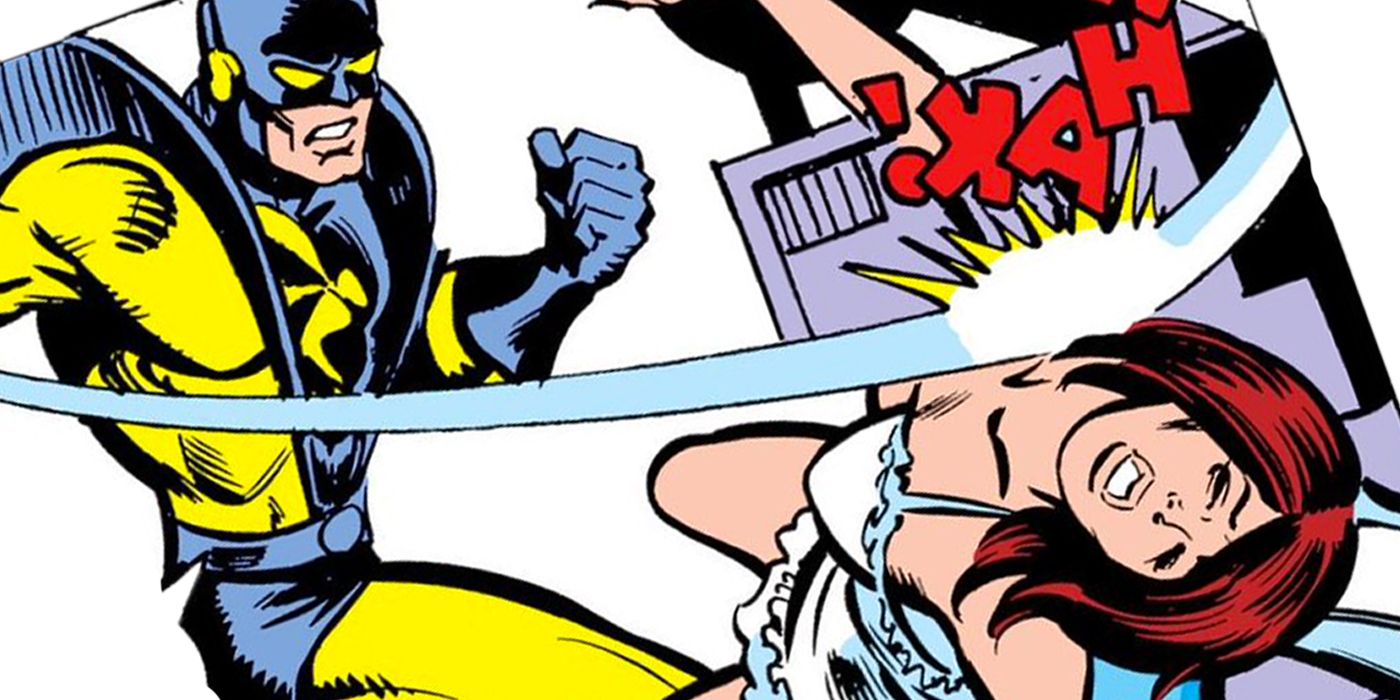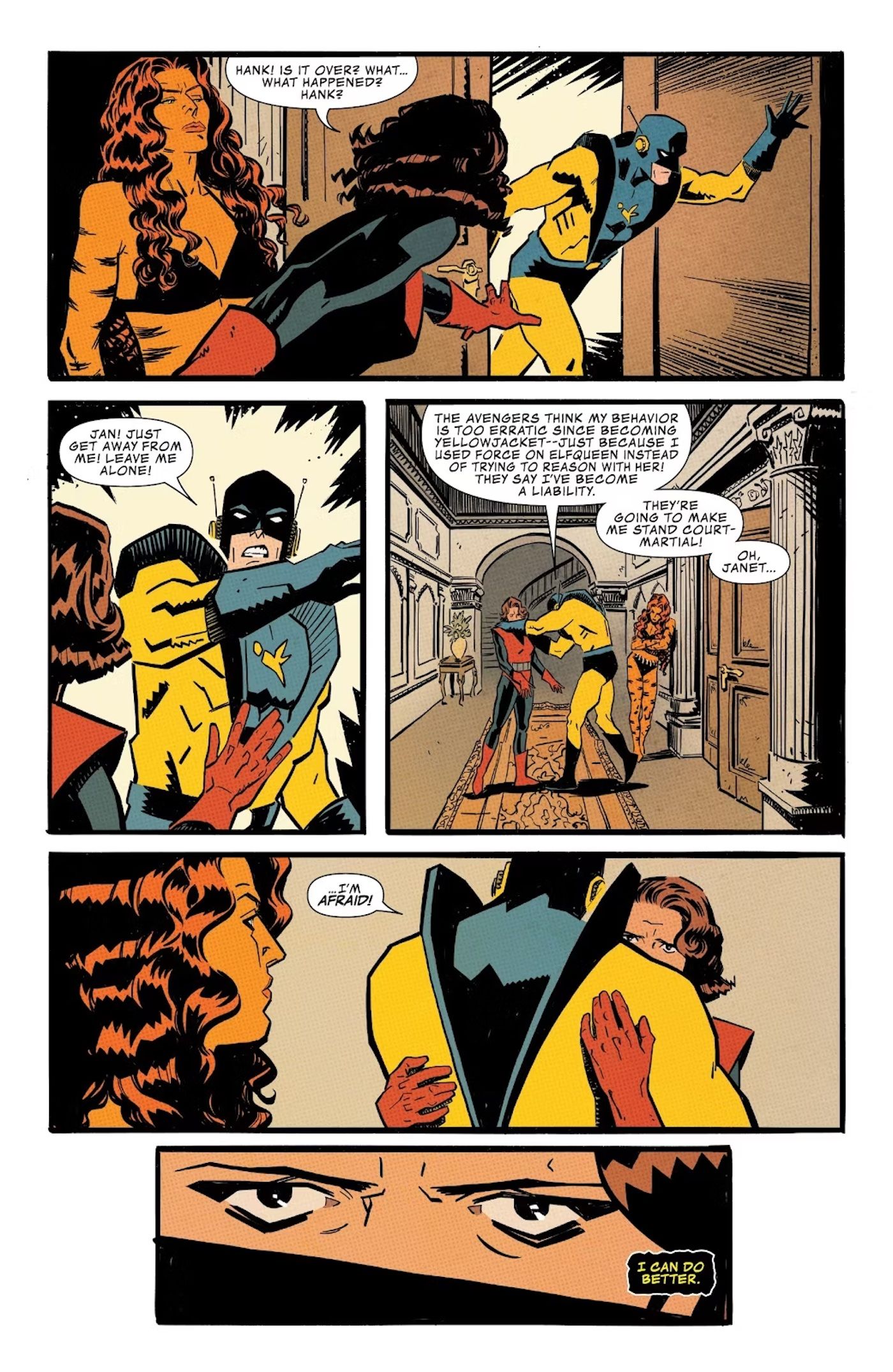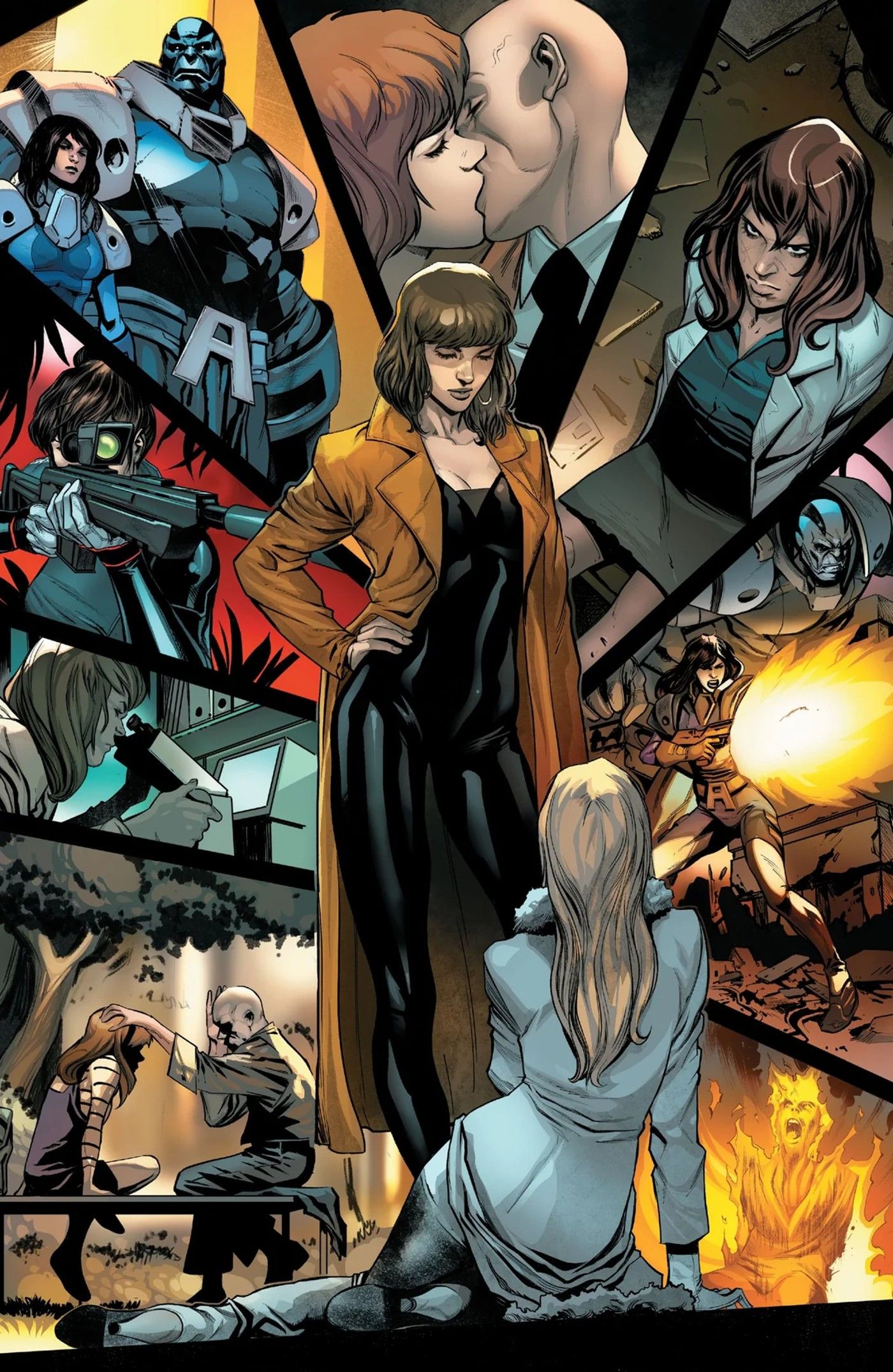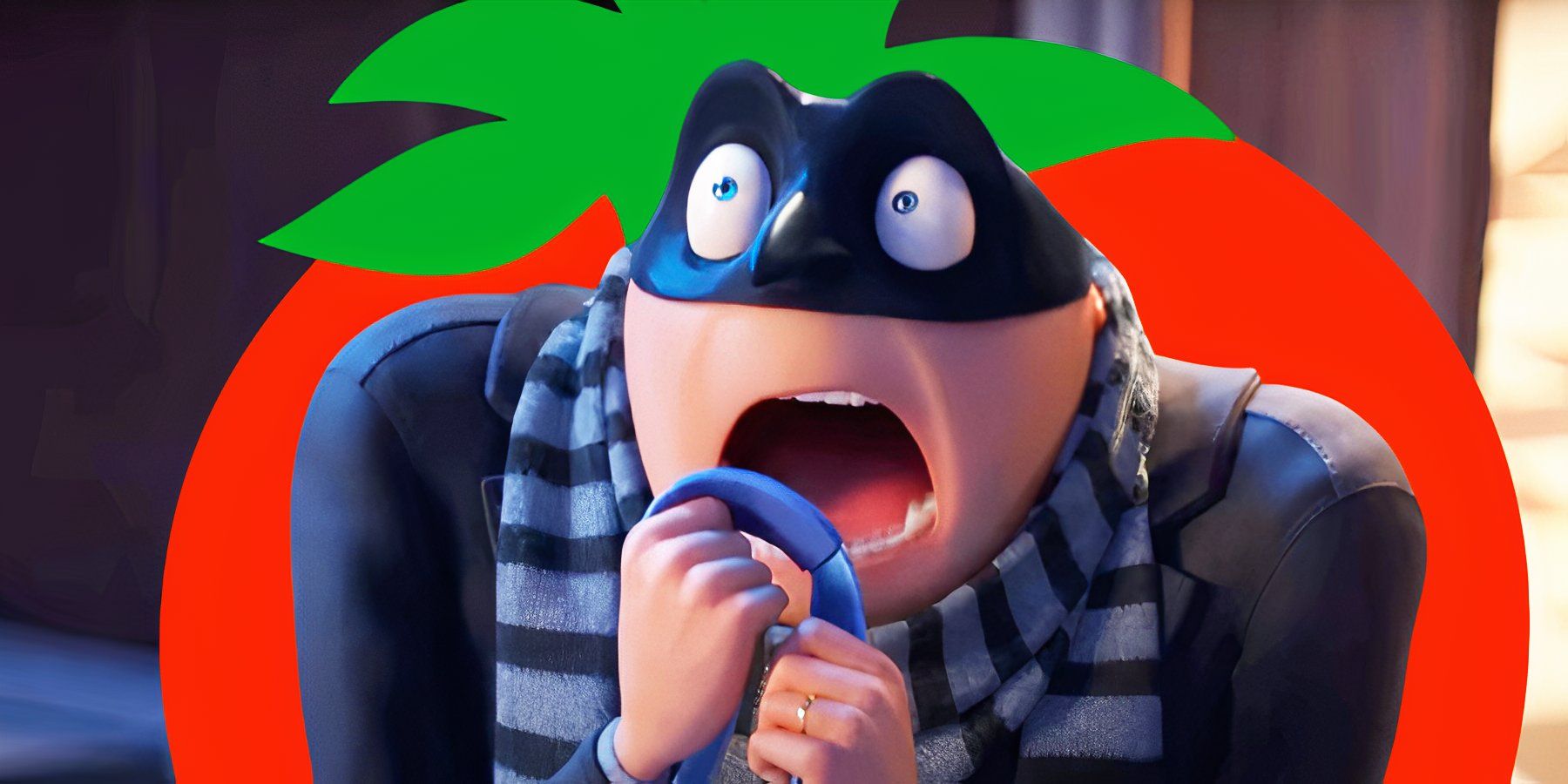The Avengers have had their share of controversial moments over the years, but one of Marvel’s biggest editors has just explained why one particular Ant-Man moment that some fans hate isn’t going to be changed. It’s a great demonstration of all the behind-the-scenes thinking that goes into comics. It’s also a chance to look at the larger concept of retcons and when they work, and more importantly, when they don’t.
In his latest Substack newsletter, Marvel Comics Senior Editor Tom Brevoort explains why Ant-Man’s domestic abuse will never be retconned, and more importantly why it shouldn’t be.
– there were people who hoped to reveal that Hank had been a Skrull for that long, the problem there being that I don’t believe that you can tell the audience that the past 40 years of stories featuring the character that they read weren’t about him. They’re simply not going to go along with you on that. Plus, Hank’s action was so visceral and so relatable for so many readers that trying to scrub him of responsibility for his actions never takes.
Brevoort is referring to the reveal in Secret Invasion that Hank Pym had been replaced by a Skrull duplicate. Some fans hoped that this Skull had been around for decades, absolving Hank of infamously hitting Janet Van Dyne in Avengers #213, a moment that has defined him ever since.

However, as Brevoort says, there are 40 years of stories hinging on this moment, and there’s no point in throwing out the baby with the bathwater.
Hank’s Abuse Cannot, and Should Not, Be Removed

As it stands, Hank being replaced with a Skrull actually leaned into the uncomfortable aspects of Hank and Janet’s relationship. In Mighty Avengers #15, Hank is only replaced by a Skrull because she impersonates an attractive woman who lures Hank away after Hank and Janet fight. The Skrulls then commit further abuses against Janet; weaponizing her via an implanted bomb that “Hank” pretends is a gift to make up for the aforementioned fight. The moment some fans hoped would absolve Hank only presented him as more complicated, self-loathing and messy.
With retcons, a number of questions have to be asked first. As Brevoort mentions, the first consideration should be how a retcon affects older stories, and whether it’s worth even doing so. This is especially true in cases like Hank’s, where the element fans want to change has become central to a character. The important thing here is intentionality. Comics creators, including editors, have to think about the impact of a change and talk through its potential ramifications. As Brevoort’s musings show, that’s part of the job at a mainstream comics publisher that tells ongoing stories.
This Ant-Man Plot Leads to Bigger Questions About Retcons Themselves

Sometimes something can also be “changed” without actually retconning it. Mainstream comics are full of little inconsistencies and plot discrepancies that 99 percent of their readers will never notice, and that’s not necessarily an awful thing. Writers and editors make informed decisions on how to tell stories, and sometimes they can actively choose to ignore something in order to improve the larger fabric of their own story. It’s nice to imagine a world where individual creators had more say when it comes to what happens to their characters and plots, but that’s not how mainstream comics currently work.
Writer Jonathan Hickman has a term he uses called “additive retcons.” As Hickman has explained in numerous interviews, an additive retcon is one that adds context and depth to a prior story, as opposed to actively invalidating or altering it. A perfect example from Hickman’s own oeuvre is him making Moira MacTaggert a mutant in House of X/Powers of X, a change that adds complexity and deliberately uncomfortable undertones to her older appearances, all of which, importantly, still happened.
Changing Ant-Man’s abuse in Avengers wouldn’t be additive and would instead break every story featuring him, which is why it just can’t happen.
Source: Tom Brevoort via Substack




